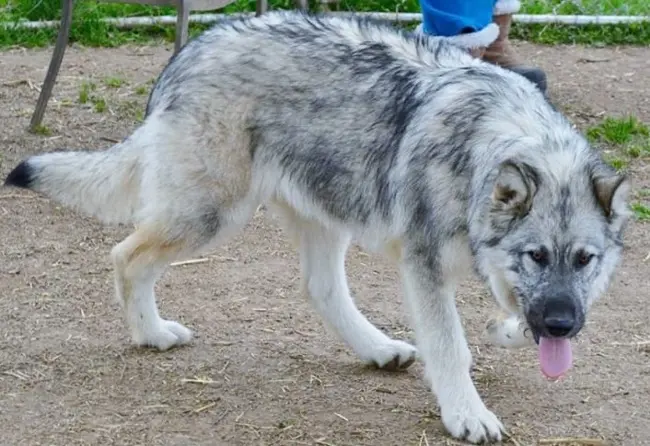In a groundbreaking scientific achievement, Texas-based biotech startup Colossal Biosciences has resurrected the dire wolf, a prehistoric predator made globally famous by HBO’s “Game of Thrones.”
Using a pioneering blend of gene-editing and cloning technology, researchers at Colossal successfully birthed three modern dire wolf pups—two six-month-old males named Romulus and Remus, and a three-month-old female named Khaleesi—marking the first de-extinction of a large prehistoric carnivore in human history.
How Dire Wolves Were Brought Back to Life
Colossal’s scientists extracted ancient DNA from a 13,000-year-old tooth and a 72,000-year-old skull, then merged it with cells from a grey wolf, the dire wolf’s closest living relative. Through 20 precise genetic modifications, they recreated the dire wolf genome.
These modified cells were implanted into egg cells from domestic dogs, which were then gestated by surrogate mothers—leading to the birth of healthy, viable dire wolf pups.
“Our end-to-end de-extinction technology stack has proven successful,” said Ben Lamm, CEO of Colossal Biosciences. “This is a massive milestone for conservation biology and synthetic genomics.”
What Makes These Dire Wolves Unique?
- Thicker, lighter fur
- Powerful, muscular jaws
- Larger size than modern grey wolves
Colossal’s Chief Science Officer, Dr. Beth Shapiro, emphasized the scientific breakthrough behind reconstructing the dire wolf’s genome, noting that it sets a “new standard for paleogenome reconstruction” and precision gene-editing in extinct species.
Where Will the Dire Wolves Live?
Colossal confirmed the dire wolves will be housed in a secure, continuously monitored ecological preserve, certified by the American Humane Society and registered with the U.S. Department of Agriculture.
Pop Culture Meets Science
The dire wolf’s return has captivated fans of fantasy, science fiction, and conservation, thanks in part to its legendary role in:
- “World of Warcraft”
- “Dungeons & Dragons”
- HBO’s “Game of Thrones”
George R.R. Martin, author of A Song of Ice and Fire and investor in Colossal, expressed awe at the scientific feat:
“Many view dire wolves as fantasy creatures—but they were very real. Now, thanks to Colossal, they are again. I write about magic. Colossal made magic real.”
Colossal’s Broader Mission: Saving Endangered Species
Alongside the dire wolf announcement, Colossal also revealed it had cloned four red wolves, using genetic material from critically endangered populations in the southeastern U.S. The move aims to increase genetic diversity and support red wolf recovery efforts.
Why This Matters
Colossal Biosciences is redefining conservation and de-extinction science, proving that extinct animals can return—not just in fiction, but in real-world ecosystems.



